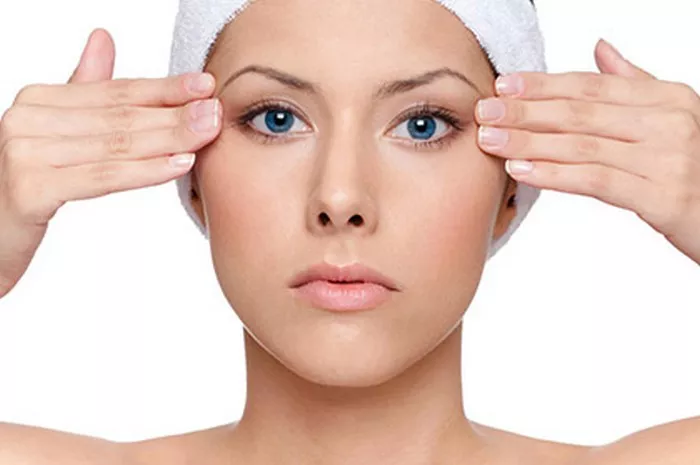Blepharoplasty, or eyelid surgery, is a common procedure performed to address concerns such as sagging skin, excess fat, and muscle laxity around the eyelids. While the surgery offers various aesthetic benefits, it’s important to be aware of potential side effects, such as dry eyes. In this article, we will explore the duration of dry eyes after blepharoplasty, the underlying causes, and strategies to manage and alleviate this common post-operative symptom.
The Relationship Between Blepharoplasty and Dry Eyes
Dry eyes after blepharoplasty are a relatively common occurrence. The surgery involves manipulating the eyelids, which can disrupt the natural balance of tears and affect the function of the tear film, leading to temporary dryness. The severity and duration of dry eyes can vary from person to person, depending on individual factors and the extent of the surgical procedure.
Duration of Dry Eyes After Blepharoplasty
The duration of dry eyes following blepharoplasty can vary, but in most cases, it is temporary and resolves within a few weeks to a few months. The majority of patients experience significant improvement in dry eye symptoms during the initial healing phase. However, it’s important to note that individual healing processes can vary, and some individuals may experience dry eyes for a longer duration.
Causes of Dry Eyes After Blepharoplasty
Several factors contribute to the development of dry eyes after blepharoplasty:
1. Disruption of Tear Film: During blepharoplasty, the manipulation of eyelid tissues can disrupt the normal functioning of the tear film. The tear film is essential for lubricating the eyes and maintaining their moisture. Any disturbance to this delicate balance can result in dryness and discomfort.
2. Decreased Blinking: Following blepharoplasty, swelling and discomfort around the eyelids can reduce the frequency of blinking. Blinking is crucial for spreading tears across the surface of the eyes and keeping them moisturized. Reduced blinking can contribute to dryness and irritation.
3. Temporary Decrease in Tear Production: The trauma associated with eyelid surgery can temporarily impact tear production. The tear glands may not produce an adequate amount of tears initially, leading to dryness and discomfort.
4. Pre-existing Dry Eye Condition: Individuals who already have pre-existing dry eye syndrome may be more prone to experiencing prolonged dry eye symptoms after blepharoplasty. It’s important to inform your surgeon about any existing eye conditions during the pre-operative consultation.
Managing and Alleviating Dry Eyes After Blepharoplasty
Although dry eyes after blepharoplasty can be bothersome, there are several strategies to manage and alleviate the symptoms:
1. Lubricating Eye Drops: Artificial tears or lubricating eye drops can provide temporary relief by supplementing the natural tears and lubricating the eyes. Your surgeon may recommend specific eye drops or provide you with a prescription.
2. Follow Post-operative Instructions: It’s crucial to adhere to the post-operative instructions provided by your surgeon. This may include using prescribed medications, applying ointments, and following a specific eye care routine. These instructions help promote healing and alleviate dry eye symptoms.
3. Use a Humidifier: Adding moisture to the environment can help combat dryness. Consider using a humidifier in your home or office, especially in drier climates or during the winter months when indoor air tends to be dry.
4. Avoid Irritants: Protect your eyes from irritants that can exacerbate dryness, such as wind, smoke, and dusty environments. Wear protective eyewear, such as sunglasses, when necessary.
5. Blink Regularly: Be mindful of blinking regularly, even if it may be slightly uncomfortable. Frequent blinking helps distribute tears across the eyes and prevents them from evaporating too quickly.
6. Limit Screen Time: Extended periods of screen time can contribute to dry eyes. Take regular breaks to rest your eyes and focus on objects at a distance to reduce eye strain.
7. Consult Your Surgeon: If dry eye symptoms persist or worsen, it’s important to consult your surgeon. They can evaluate your condition, assess your healing progress, and provide further guidance or recommend additional treatments if necessary.
Conclusion
Dry eyes after blepharoplasty are a common and temporary side effect of the procedure. While the duration and severity can vary, most individuals experience relief within a few weeks to a few months as the healing process progresses. It’s important to follow post-operative instructions, use lubricating eye drops, and take steps to promote eye moisture and comfort. If you have any concerns or if dry eye symptoms persist, consult with your surgeon for appropriate evaluation and guidance. With proper management and patience, dry eyes after blepharoplasty can be effectively managed, allowing you to enjoy the long-term aesthetic benefits of the procedure.


